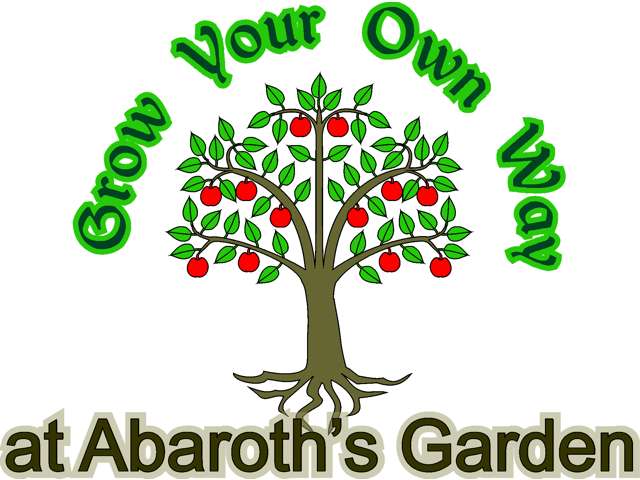|
Materials & Tools
Compost & seeds
Seed tray
Compost sieve / riddle
Compost press
Sowing template & pencil |
 |
Step 1
Fill a half-sized seed tray with
sieved compost, and use the compost press to make a smooth firm
surface.
Making a Compost Press |
 |
Step 2
Using a seed-sowing template,
make a series of holes in the compost using the tip of a pencil.
Sowing Template for Half-trays
|
 |
|
Step 3
Remove the template, and you
should have a series of evenly spaced holes, as shown. |
 |
Step 4
Sow one seed in each hole. If
needed, you can use a seed sower to help.
How to Make a
Seed Sower |
 |
Step 5
Pinch the compost to close each
of the holes, and use the compost press again to ensure there is
good contact between the seeds and the compost.
|
 |
|
Step 6
Return any remaining seeds to the
packet. |
 |
Step 7
Water. I use a pop bottle with a
series of holes made in the cap to avoid washing the seeds
around.
Spray
Nozzles |
 |
Step 8
Add a label with the variety and
date. Place on a sunny windowsill in a heated propagator and add
a propagator lid. Check regularly to ensure the compost does not
dry out. |
 |
|
Step 9
After two weeks in the
propagator, only 6 had germinated, of the 48 I sowed, or 1 in 8. |
 |
|
|
|
|
|
|
|
|
|
|
|
Notes:
This was a true test, as it is generally recommended to sow onion
seeds which are less than three years old.
In conclusion, it is probably worth sowing old seed if you only
want a few plants. I want about 100 onions for my allotment this
year, and at a 1:8 germination rate, I'd have to sow at least
800 seeds to have a good chance of reaching that goal. |
